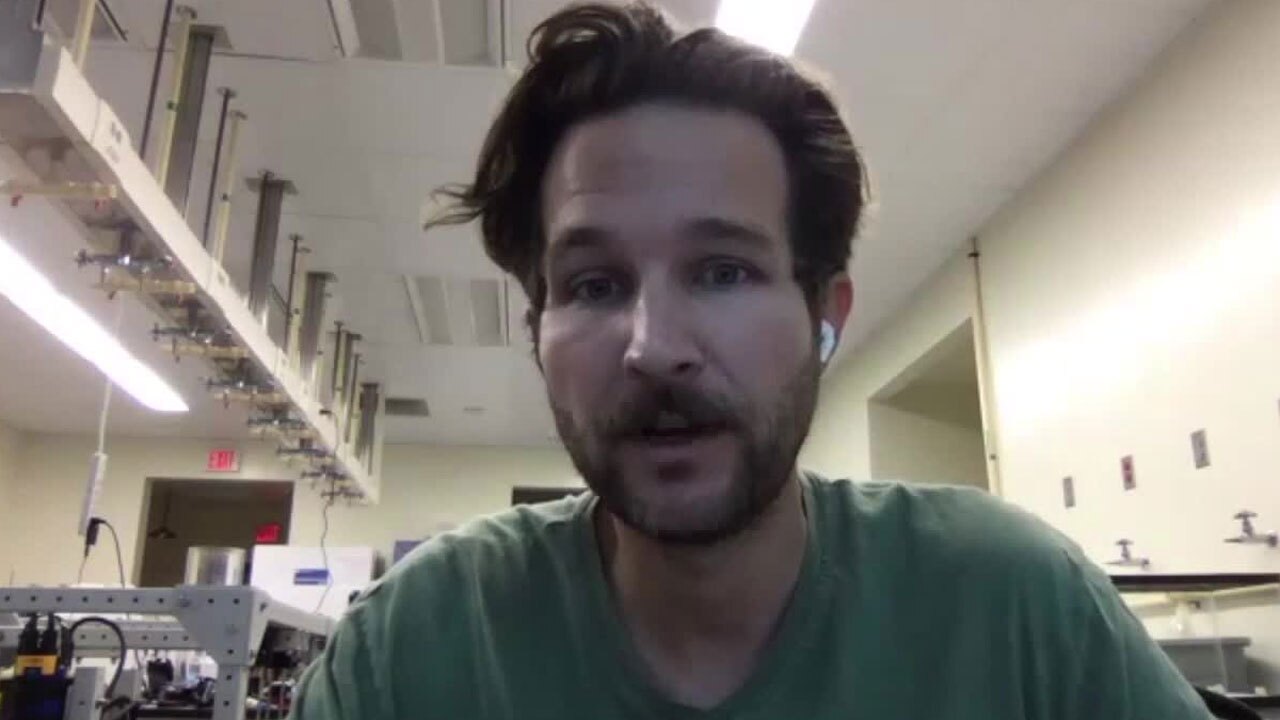STUART, Fla. — Scientists with Florida Atlantic University's Harbor Branch are leading the way to uncover why and how toxic algae blooms form on Lake Okeechobee.
SPECIAL COVERAGE: Protecting Paradise
This week they deployed a new technology out on the lake that will help experts predict and even prevent future blooms.
With the potential to wreak havoc on our environment, our economy, and our health, learning how to prevent toxic blue-green algae blooms in our waterways is paramount for researchers.
This week, researchers with FAU Harbor Branch began deploying three new types of technology that will help them better understand why the blooms grow.

"I'm most excited to be testing what we call a benthic lander. It's an instrument we actually deploy off of a boat for 24 hours," said Jordon Beckler, Ph.D., principal investigator and assistant research professor.
The benthic lander will measure where nutrients are coming from that feed toxic algae blooms.
"[It will] help us understand what causes the blooms to begin or initiate, what causes the blooms to terminate, what causes the blooms to become toxic," Beckler said.
Other technology will track how sunlight comes into play in helping the blooms grow. An autonomous sailboat will map out blooms in two dimensions.

Also, this week divers are getting involved to help collect lake floor sediments to help see what impact that has on blooms.
"By better understanding the algae bloom, we can potentially predict where we will and when we will have an algae bloom, so when we know this information we can make better decisions," Beckler said.
This was all made possible by a $2.2 million grant from the Florida Department of Environmental Protection we first told you about in September.
In two weeks, FAU Harbor Branch said they will launch a website where the public can see the ongoing results of the research.




